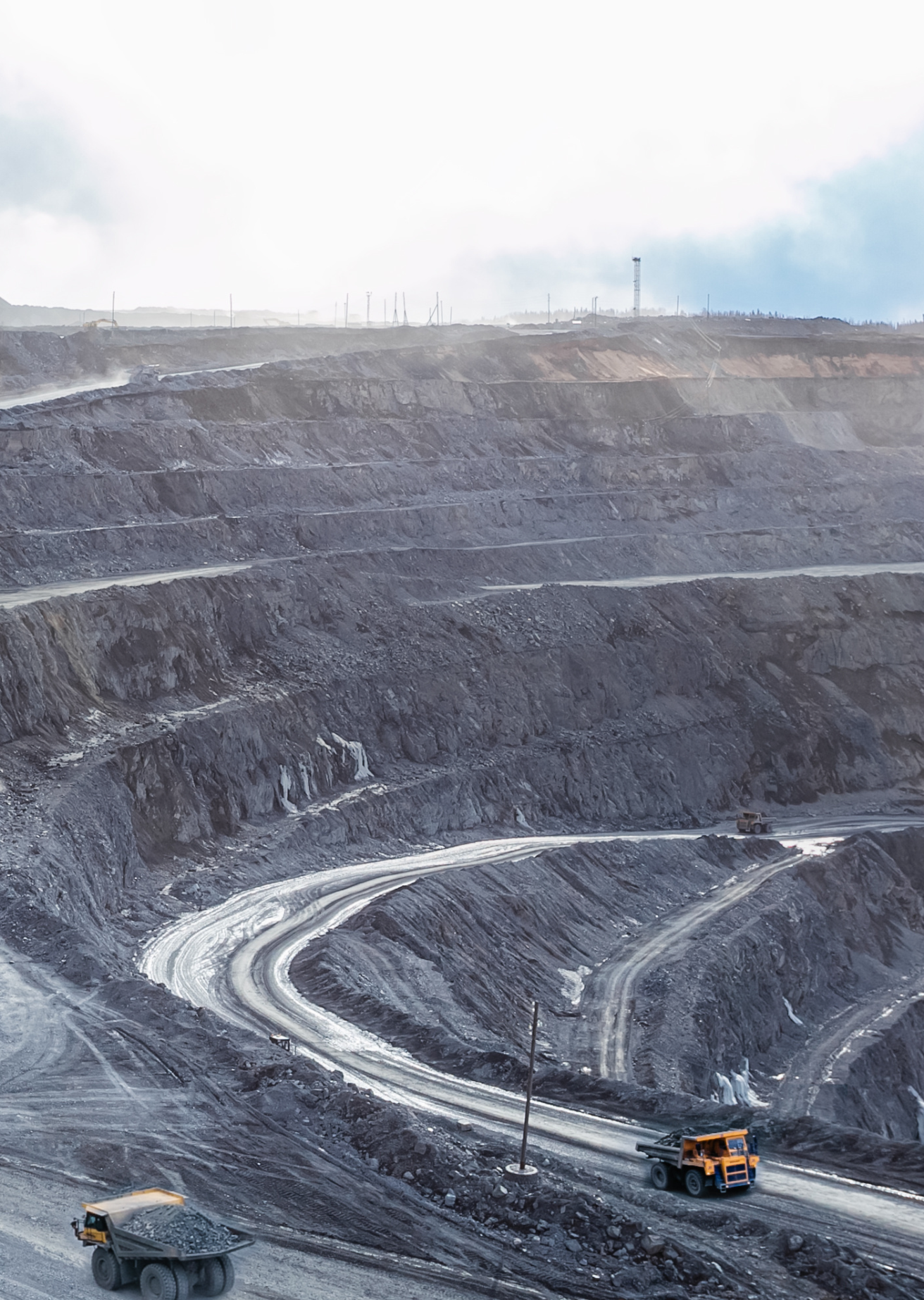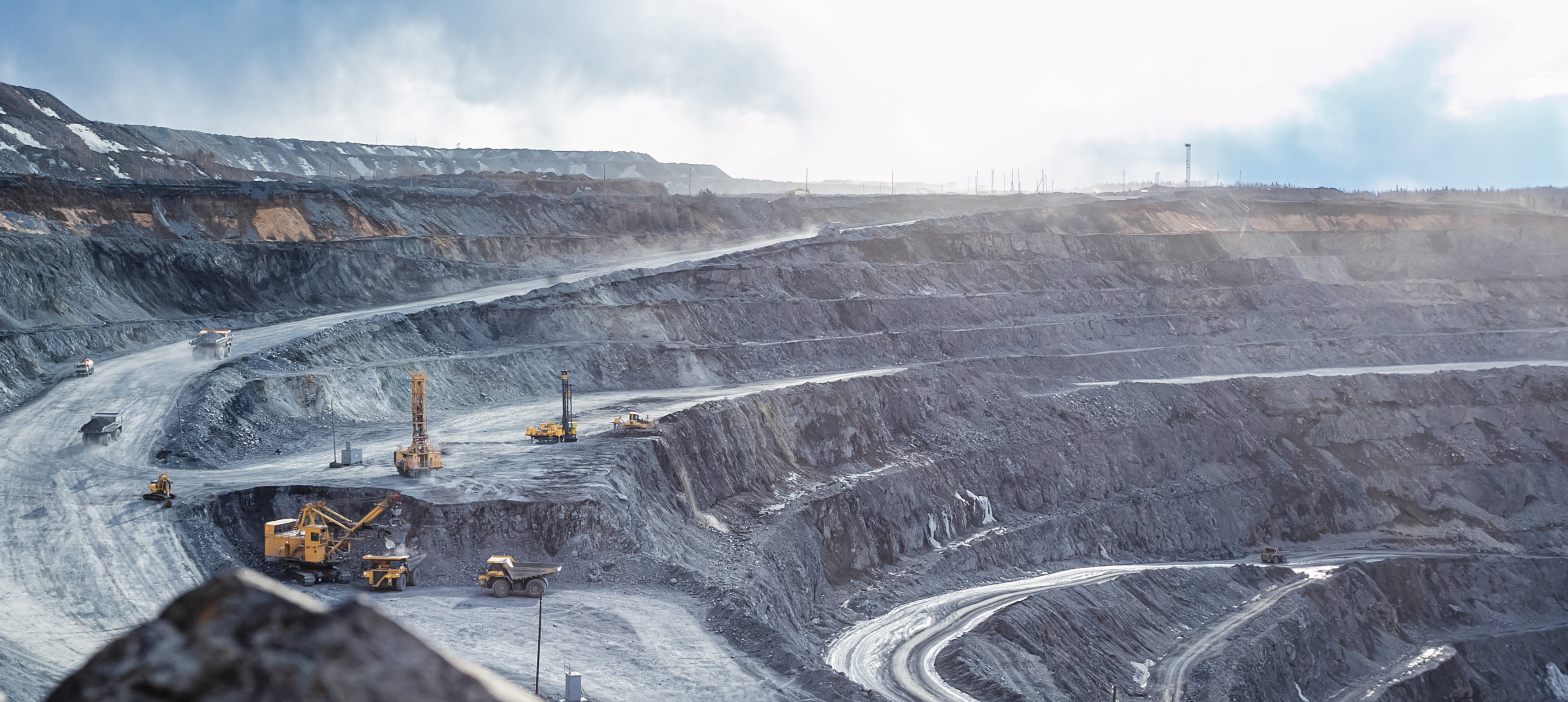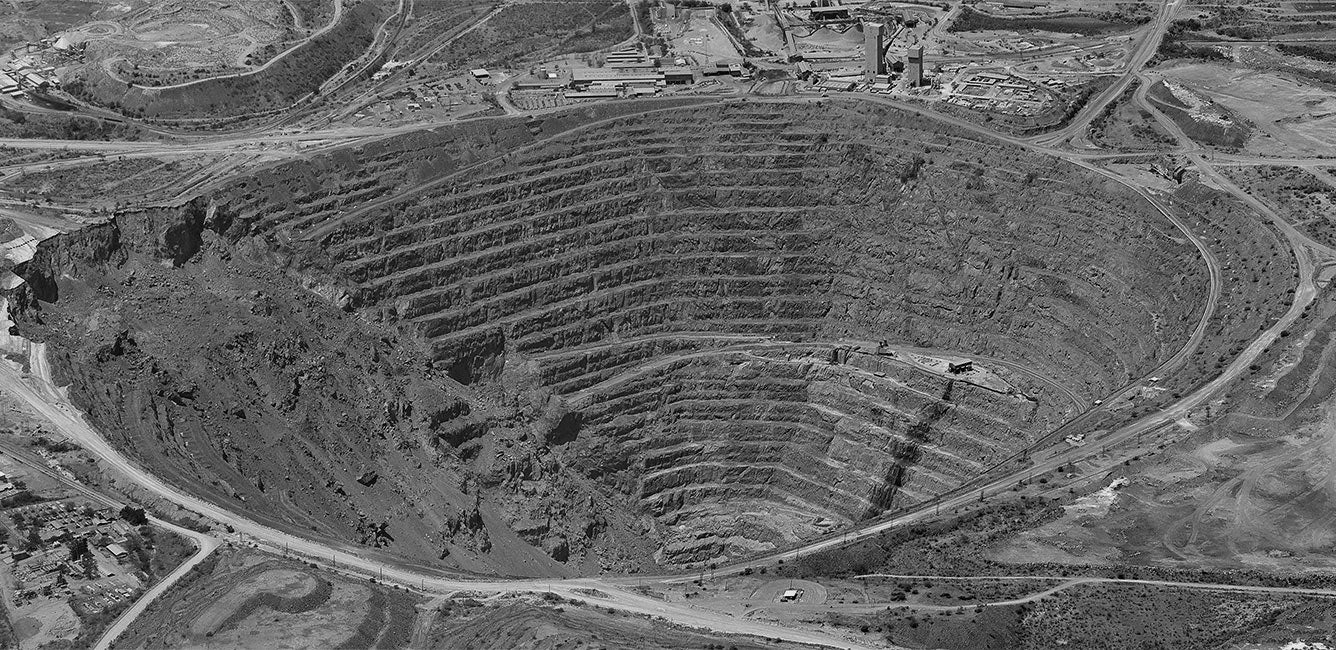



Every carat of diamonds created by Veynou saves

100% diamond, 0% mine - Veynou makes the difference
The traditional extraction of diamonds from mines has had a devastating impact on people and the environment. From human rights violations and child labor in mines, to the financing of wars through the sale of diamonds from conflict regions, to the erosion and deforestation of forests and the destruction of animal habitats, to the pollution of water, soil and air. All these negative effects can be avoided by producing our Lab-Grown Diamonds , thus combining Sustainability and luxury.
Created for eternity, without compromise
The eco-friendly beauty of lab-grown diamonds

The symbiosis of brilliance and sustainability
Thanks to advanced technologies, we can now sustainably produce 100% real diamonds in excellent quality in the laboratory, with no negative impact on nature or people. Compared to mined diamonds, this process saves approximately 3887 liters of water and more than 1000 tons of earth per carat, while generating only a fraction of the CO2 emissions. Production takes place free from child labor and under controlled conditions in a safe environment. Welcome to the future of diamond jewelry, welcome to Veynou.
Frequently Asked Questions
What makes diamonds created by VEYNOU more sustainable than mine diamonds?
Diamonds created by VEYNOU are created in controlled laboratory environments and thus avoid the negative environmental impact caused by the mining of natural diamonds. The process requires much less energy, conserves natural resources and prevents land and water pollution. In addition, no human or animal habitats are affected and no social conflicts arise from diamond mining.
How are diamonds crafted?
Lab-grown diamonds are created using state-of-the-art technology by means of the CVD process. In this process, a diamond seed crystal is brought together with carbon-containing gases so that a rough diamond grows atom by atom.
Are lab-grown diamonds environmentally friendly?
Yes, lab-grown diamonds are an environmentally friendly alternative to conventional mined diamonds. The controlled manufacturing process avoids the impact of diamond mining on ecosystems and landscapes and minimizes energy consumption. In addition, the working conditions in the laboratory are safer and more ethical than in mines.
What about the social responsibility of lab-grown diamonds?
Lab-grown diamonds offer an ethical alternative as they are created without exploiting labor or polluting the environment. Because they are produced in controlled laboratories, working conditions are safe and fair, and there is no link to conflict or human rights abuses often associated with diamond mining.
Are lab-grown diamonds more sustainable than mine diamonds despite their power consumption?
It is true that the production of Lab-grown diamonds requires electricity. However, the energy consumption is many times lower compared to the environmental impact and resource consumption caused by the mining of natural diamonds. In addition, the energy strategies for the production of lab-grown diamonds can be made more sustainable.
Diamond mines cause enormous environmental damage, including land changes, water pollution and habitat destruction. Added to this is the high energy consumption for the mining and processing of rough diamonds. In contrast, the controlled laboratory environment in which lab-grown diamonds are created allows for more efficient energy use and minimizes environmental impact.
In addition, lab-grown diamonds offer the possibility of using renewable energy to sustainably cover electricity needs. By using solar energy, wind power or hydropower, the ecological footprint of lab-grown diamonds can be further reduced, making them a more environmentally friendly alternative to natural diamonds.
Considering these factors, the production of lab-grown diamonds is significantly more sustainable, as it allows for efficient and more environmentally friendly production, while also offering the opportunity to integrate renewable energy into the process to minimize the impact on our planet.
